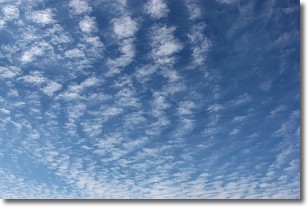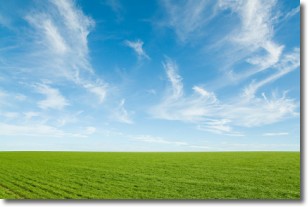Weather Alert in Michigan
Red Flag Warning issued May 12 at 9:23AM EDT until May 12 at 10:00PM EDT by NWS Marquette MI
AREAS AFFECTED: Keweenaw; Ontonagon; Houghton; Baraga; Marquette; Gogebic; Iron; Dickinson; Southern Houghton
DESCRIPTION: ...CRITICAL FIRE WEATHER CONDITIONS THIS AFTERNOON AND EVENING ACROSS THE WESTERN UPPER PENINSULA... .Hot, dry, and breezy weather will lead to critical fire weather conditions across the western Upper Peninsula today. Southerly wind gusts up to 20-25mph are expected, with temperatures peaking well into the 80s and even lower 90s. This, along with minimum relative humidity as low as the mid teens, will lead to an ideal environment for rapid fire growth and spread. The National Weather Service in Marquette has issued a Red Flag Warning for wind and low relative humidity, which is in effect until 10 PM EDT /9 PM CDT/ this evening. * AFFECTED AREA...Fire Weather Zone 001 Keweenaw, Fire Weather Zone 002 Ontonagon, Fire Weather Zone 003 Northern Houghton, Fire Weather Zone 004 Baraga, Fire Weather Zone 005 Marquette, Fire Weather Zone 009 Gogebic, Fire Weather Zone 010 Iron, Fire Weather Zone 011 Dickinson and Fire Weather Zone 084 Southern Houghton. * TIMING...Until 10 PM EDT /9 PM CDT/ this evening. * WINDS...South 10 to 15 mph with gusts up to 25 mph. * RELATIVE HUMIDITY...As low as 15 percent. * IMPACTS...Any fire that develops will catch and spread quickly. Outdoor burning is not recommended.
INSTRUCTION: A Red Flag Warning means that critical fire weather conditions are either occurring now, or will shortly. A combination of strong winds, low relative humidity, and warm temperatures and exceptionally dry fuels will create dangerous wildland fire conditions. Campfires, outdoor grills, smoking materials, fireworks, chain saws, and all-terrain vehicles all have the potential to throw a spark and ignite a dangerous and destructive fire. Please advise the appropriate officials or fire crews in the field of this Red Flag Warning.
Want more detail? Get the Complete 7 Day and Night Detailed Forecast!
Current U.S. National Radar--Current
The Current National Weather Radar is shown below with a UTC Time (subtract 5 hours from UTC to get Eastern Time).

National Weather Forecast--Current
The Current National Weather Forecast and National Weather Map are shown below.

National Weather Forecast for Tomorrow
Tomorrow National Weather Forecast and Tomorrow National Weather Map are show below.

North America Water Vapor (Moisture)
This map shows recent moisture content over North America. Bright and colored areas show high moisture (ie, clouds); brown indicates very little moisture present; black indicates no moisture.

Weather Topic: What are Cirrocumulus Clouds?
Home - Education - Cloud Types - Cirrocumulus Clouds
 Next Topic: Cirrostratus Clouds
Next Topic: Cirrostratus Clouds
Cirrocumulus clouds form at high altitudes (usually around 5 km)
and have distinguishing characteristics displayed in a fine layer of
small cloud patches. These small cloud patches are sometimes referred to as
"cloudlets" in relation to the whole cloud formation.
Cirrocumulus clouds are formed from ice crystals and water droplets. Often, the
water droplets in the cloud freeze into ice crystals and the cloud becomes a
cirrostratus cloud. Because of this common occurrence, cirrocumulus cloud
formations generally pass rapidly.
Next Topic: Cirrostratus Clouds
Weather Topic: What are Cirrus Clouds?
Home - Education - Cloud Types - Cirrus Clouds
 Next Topic: Condensation
Next Topic: Condensation
Cirrus clouds are high-level clouds that occur above 20,000 feet
and are composed mainly of ice crystals.
They are thin and wispy in appearance.
What do they indicate?
They are often the first sign of an approaching storm.
Next Topic: Condensation
Current conditions powered by WeatherAPI.com




